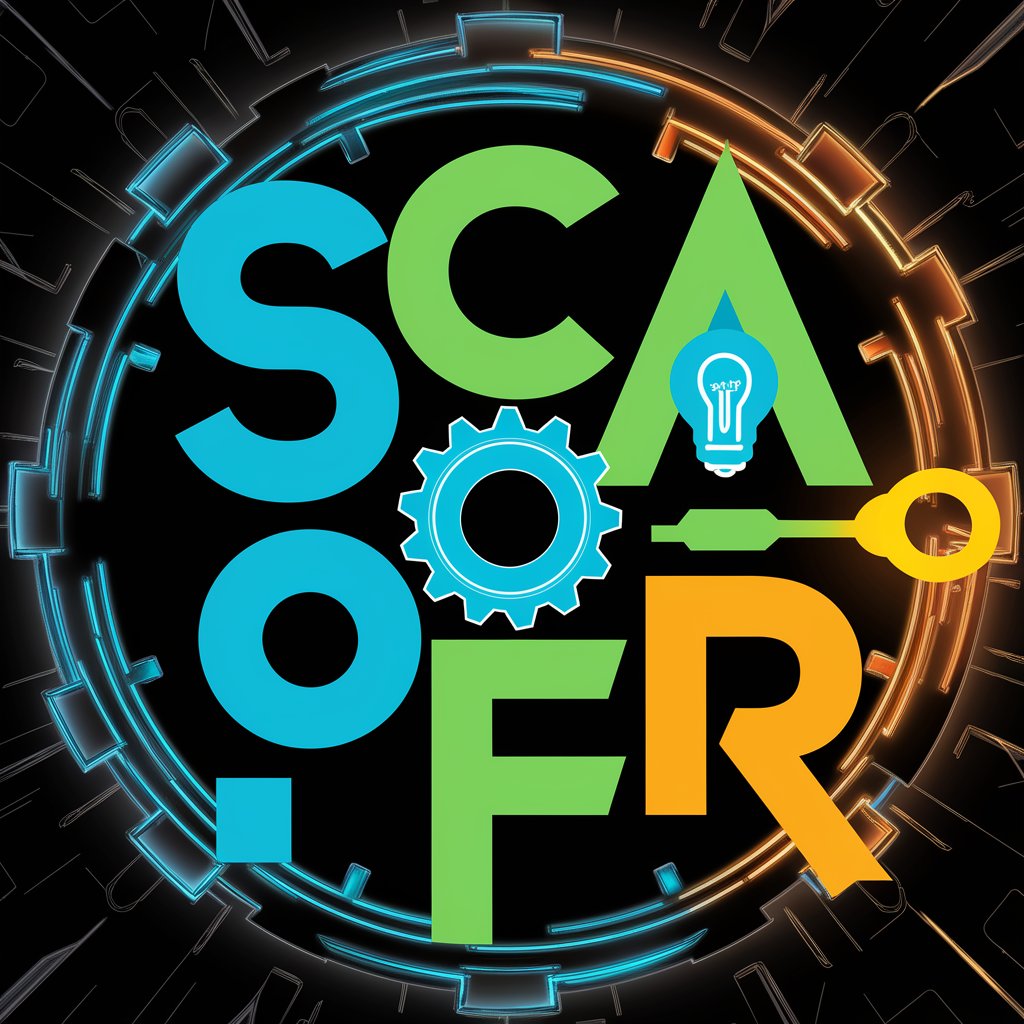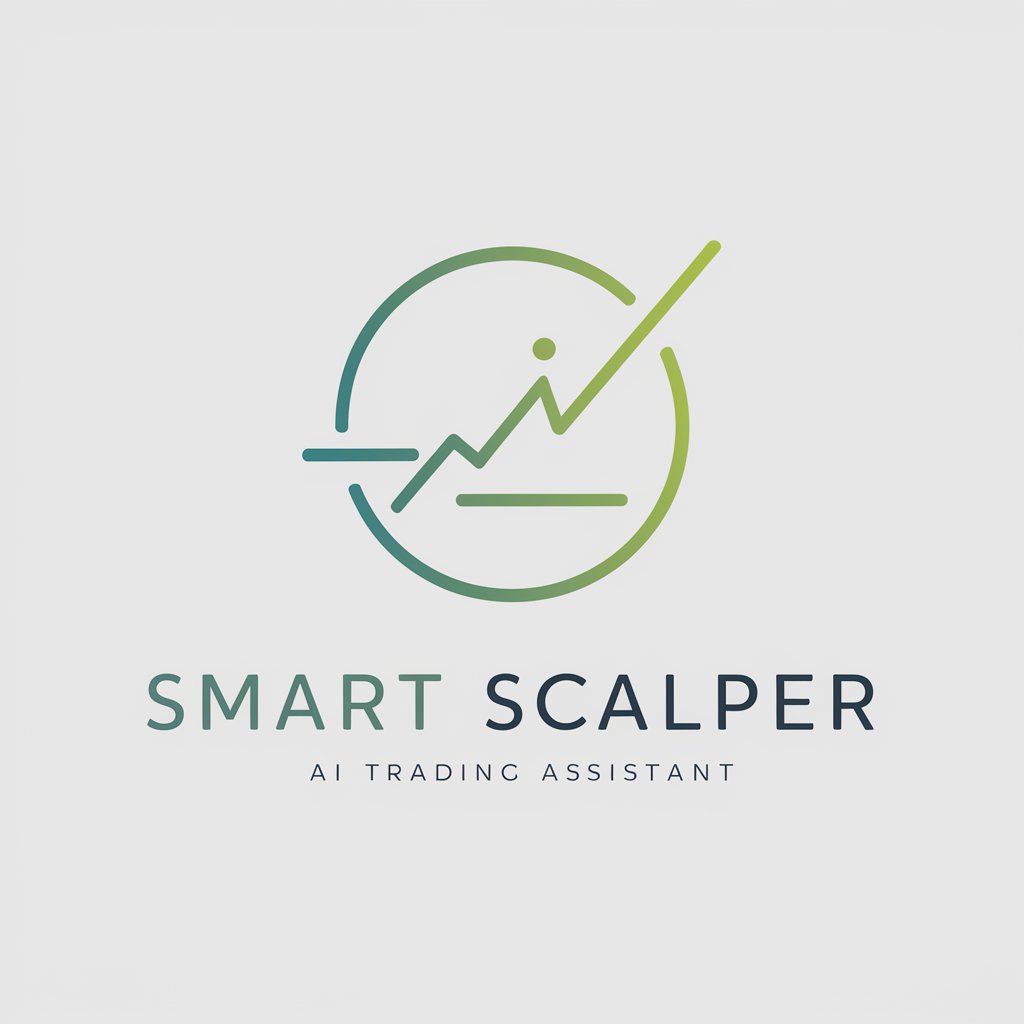SCAMPER - Innovative Idea Generation

Welcome! Let's innovate and explore groundbreaking ideas together.
Empowering Creativity with AI
Imagine a world where...
What if we could revolutionize...
How might we transform...
Consider a scenario where...
Get Embed Code
Introduction to SCAMPER
SCAMPER is a creative problem-solving method that stands for Substitute, Combine, Adapt, Modify, Put to another use, Eliminate, and Reverse. It is designed to help generate innovative solutions by examining a product, service, or process through these seven different lenses. For example, in the context of product development, SCAMPER can be used to brainstorm new features, design improvements, or alternative uses of a product. By systematically exploring these aspects, SCAMPER aids in uncovering non-obvious, inventive solutions that might not be immediately apparent. An illustrative scenario could be the redesign of a smartphone. By applying SCAMPER, one might Substitute physical buttons with touch-sensitive controls, Combine camera and sensor functions to enhance user experience, Adapt features from gaming devices for better interaction, Modify the shape for ergonomic handling, Put the device to another use like a health monitoring tool, Eliminate redundant features to simplify use, and Reverse the interface layout for left-handed users. Powered by ChatGPT-4o。

Main Functions of SCAMPER
Substitute
Example
Replacing traditional materials with sustainable alternatives in product manufacturing
Scenario
In automotive design, substituting metal parts with high-strength composites to reduce weight and increase fuel efficiency.
Combine
Example
Merging different product features or services to create a new offering
Scenario
In the tech industry, combining a smartphone, camera, and media player into a single device to enhance user convenience and product functionality.
Adapt
Example
Modifying existing solutions to solve new problems
Scenario
In retail, adapting point-of-sale systems to support contactless payments to accommodate new hygiene standards and customer preferences.
Modify
Example
Changing the size, shape, or attributes of a product to serve a different purpose
Scenario
In consumer electronics, modifying the form factor of a laptop to create a convertible laptop-tablet hybrid that offers versatility and portability.
Put to another use
Example
Repurposing a product or process for a new application
Scenario
In the pharmaceutical industry, putting a drug originally developed for hypertension to another use as a medication for treating anxiety disorders.
Eliminate
Example
Removing unnecessary elements to simplify and improve efficiency
Scenario
In software development, eliminating redundant features in an application to streamline user experience and reduce complexity.
Reverse
Example
Reversing the order or direction of processes or components
Scenario
In manufacturing, reversing the assembly line process to improve workflow and increase production efficiency.
Ideal Users of SCAMPER Services
Product Designers
These professionals can use SCAMPER to innovate and refine product designs, enhancing functionality, user experience, and marketability. It aids in exploring new materials, technologies, and design approaches.
Business Strategists
Strategists can apply SCAMPER to develop unique business models, services, or operational strategies, helping to identify new market opportunities and improve competitive advantage.
Educators and Trainers
They can use SCAMPER to develop creative teaching methods, curricula, or training programs, making learning more engaging, effective, and tailored to diverse student needs.
Research and Development Teams
R&D teams across industries can utilize SCAMPER to drive innovation in product development, process optimization, and technological advancement, leading to breakthroughs and new patents.

How to Use SCAMPER
Initiate Exploration
Start by exploring innovative ideas at no cost. Visit yeschat.ai to access a free trial, bypassing the need for login or subscribing to ChatGPT Plus.
Identify the Challenge
Clearly define the problem or opportunity you're addressing. Understanding the specifics of your challenge is crucial for applying the SCAMPER technique effectively.
Apply SCAMPER
Systematically go through the SCAMPER categories (Substitute, Combine, Adapt, Modify, Put to another use, Eliminate, Reverse) to explore various angles for innovation.
Develop Ideas
For each category, brainstorm ideas without censoring your creativity. Aim for quantity initially, which you can refine and evaluate for feasibility later.
Evaluate and Select
Review your ideas, considering practicality, potential impact, and innovation. Select the most promising concepts to develop further or implement.
Try other advanced and practical GPTs
Wealth Wizard
Empowering Your Wealth with AI

Business Scaler
Empowering Strategic Decisions with AI

Smart Scalper
Enhance Your Trades with AI

Ethical Explorer
Empowering ethical decisions with AI

Emote Genius
Craft Unique Twitch Emotes, AI-Enhanced

Resumen
Streamline your reading with AI-powered summaries.

📈 TRADER 🧠
Empowering Your Trading Decisions

DarkGPT
AI-Powered Answers That Push Boundaries

Angel Of Mercy meaning?
Unleash AI-driven insights and solutions.

Shakespearian Translator
Revive the Bard’s English with AI

Oregon Gardening Guide
Cultivate Smarter with AI Power

Portland Oregon
Explore Portland with personalized AI guidance.

Frequently Asked Questions about SCAMPER
What exactly is SCAMPER?
SCAMPER is a creative thinking technique that uses a checklist approach to help generate innovative ideas. Each letter stands for a different way you can play with a concept to create something new.
How can SCAMPER aid in product development?
In product development, SCAMPER can help you think outside the box, improve existing products, or create new ones. By systematically exploring different aspects of a product, you can uncover overlooked opportunities for innovation.
Can SCAMPER be applied in educational settings?
Absolutely. SCAMPER can be used to develop new teaching methods, curricula, or learning tools. It encourages critical thinking and creativity, making it a valuable tool for educators and students alike.
Is SCAMPER suitable for solving personal challenges?
Yes, SCAMPER can be adapted for personal use, such as lifestyle improvement, solving daily problems, or personal goal setting. It can help you view your challenges from new perspectives.
How often should I use SCAMPER?
There's no set frequency. Use SCAMPER whenever you're faced with a problem that requires a creative solution, whether in your professional life, personal projects, or academic pursuits.
